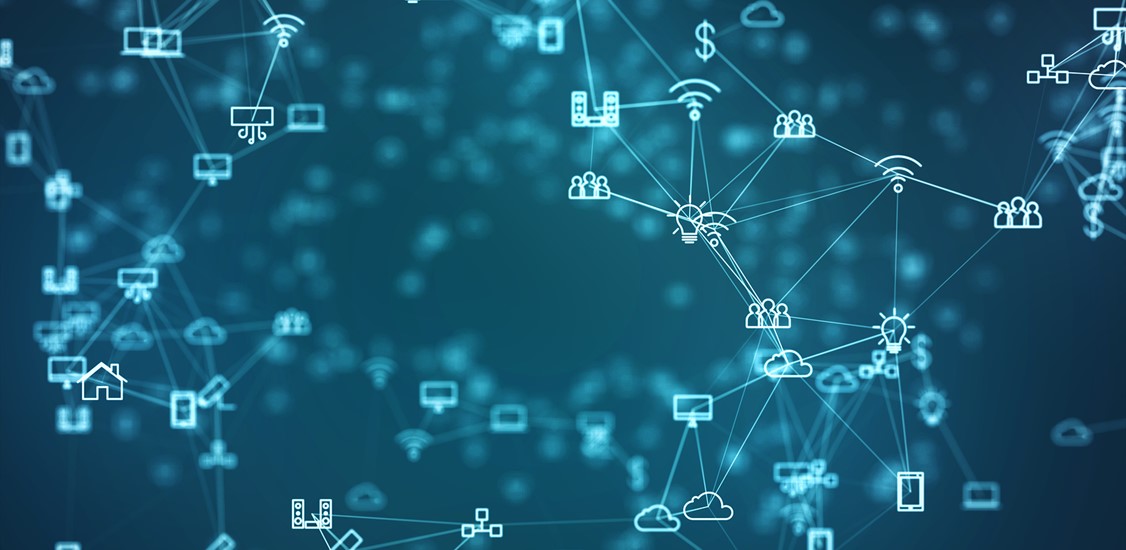As we move into 2022, practicality is emerging as a key theme for IoT. While early IoT development focused on tinkering with a bunch of cool ideas to see what stuck - and there is still plenty of that - IoT innovators are now focusing on developing solutions they can bring to market quickly that derive real benefit for both consumers and businesses. From helping farmers use bees to achieve better yields for their crops to people and pet tracking applications that deliver long-range connectivity without sacrificing battery life, new solutions and applications are emerging daily for IoT.
This move toward a more practical IoT has been several years in the making, and in 2022, we’ll reach the tipping point. Here are three reasons why:
#1: IoT innovators will get to market faster
As the IoT matures, development teams are thinking more holistically about IoT ecosystem challenges. Some innovators may now be on their second or third IoT project and they have become increasingly savvy about what it takes to deploy an IoT solution successfully. These experienced players enter even early discussions armed with a sophisticated list of questions they might not have asked in early days. For example, several years ago, developers tended to compare connectivity solutions solely on price, and wanted to “set it and forget it.” Today they are asking more pointed questions of their solutions partners like:
- "How does your API work? How do I monitor connections and trigger actions programmatically?"
- "How can I offload processing from devices to the cloud?"
- "Can you help me build a secure network with cloud-based platforms? How do you handle provisioning and credentials?"
- "Is there a way for us to economically mix Wi-Fi and cellular connections?"
As teams developing IoT solutions continue to become more educated, they’re already demonstrating the ability to bring IoT devices and solutions to market at a much more rapid pace.
#2: Connectivity options will increase flexibility, but simplicity is key
The reality and practicality of connectivity solutions will be further fleshed out in 2022. One example is satellite, which has traditionally been considered an expensive communications link for IoT startups and big players alike. Now companies like Iridium and SpaceX are bringing forward affordable connectivity via low-earth-orbit (LEO) satellite. Companies can continue to use cellular connectivity to cover land while satellites can cover everywhere else, from mountainous areas and out to sea, without “breaking the bank.” While that sounds like a management nightmare, solutions are now emerging that make it easy to seamlessly transition from one connectivity type to another, blend internet connections within a single IoT network, and manage this process through a single pane of glass.
#3: IoT innovators will get serious about TCO (total cost of ownership)
Ultimately, total cost of ownership is the most important factor for businesses implementing IoT solutions. In early project phases, it’s easy to get caught up in the excitement of bringing something new to market without considering the many factors that play into the total cost of each device as a project scales.
In 2022, businesses will be more aware of how hardware and software development costs impact their IoT projects. Hardware costs encompass outlays from protocol overhead and power consumption. Software development costs will include costs of device firmware and cloud backend. Businesses will also look into ways to reduce the cost for hiring engineers, weighing the time it takes to figure out device authentication and provisioning and integration to cloud. Global connectivity costs will be another factor to consider, as will communications overhead when connecting to the cloud. We’ll also see a bigger focus on lifecycle management, which includes deployment, visibility for operations, ability to upgrade remotely, and decommissioning of devices and services. And while all IoT deployments require maintenance and support, IoT innovators will need to look at these costs much more closely this year. Encryption and device power management round out the costs that make up TCO.
A poor decision in any of these areas can cause costs to spiral. Improperly designed systems are difficult to scale and often need to be completely re-architected, potentially doubling or even tripling TCO. According to McKinsey, companies should design for scale from the start to avoid the “pilot purgatory” that afflicts many companies. For an enterprise company building a cloud-backed IoT system, the choice comes down to the cost of spinning up a development team to custom-build bridging features to connect constrained devices to the cloud that basic internet connections lack vs. using available connectivity solutions that can already deliver exactly the integrations that they need.
This decade has already seen giant leaps forward in understanding the IoT and that is demonstrated through the wide variety of applications and use cases that have emerged. In 2022, IoT innovators will become even more practical about the IoT and continue to grow in their knowledge. By better understanding their connectivity options and all the pieces that impact TCO, these innovators will drive further democratization of the IoT.






















